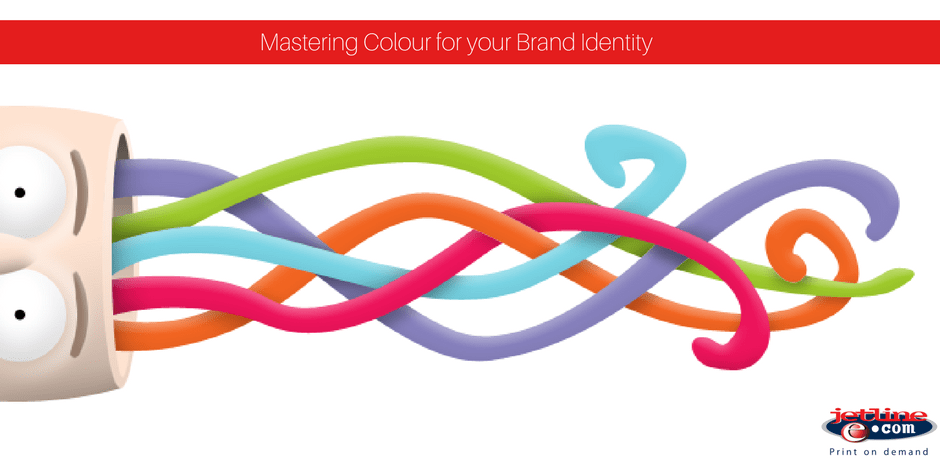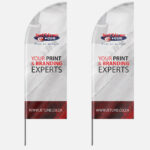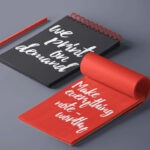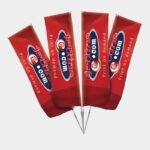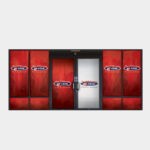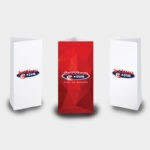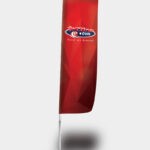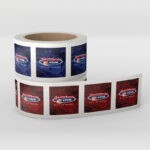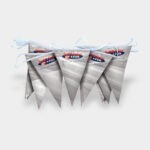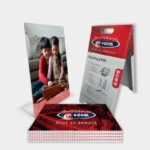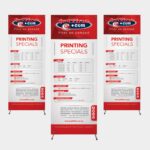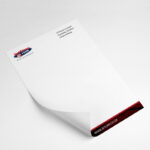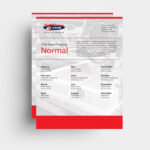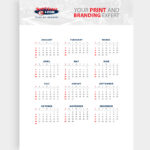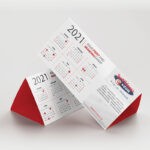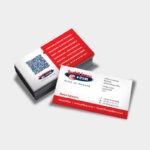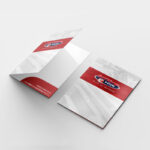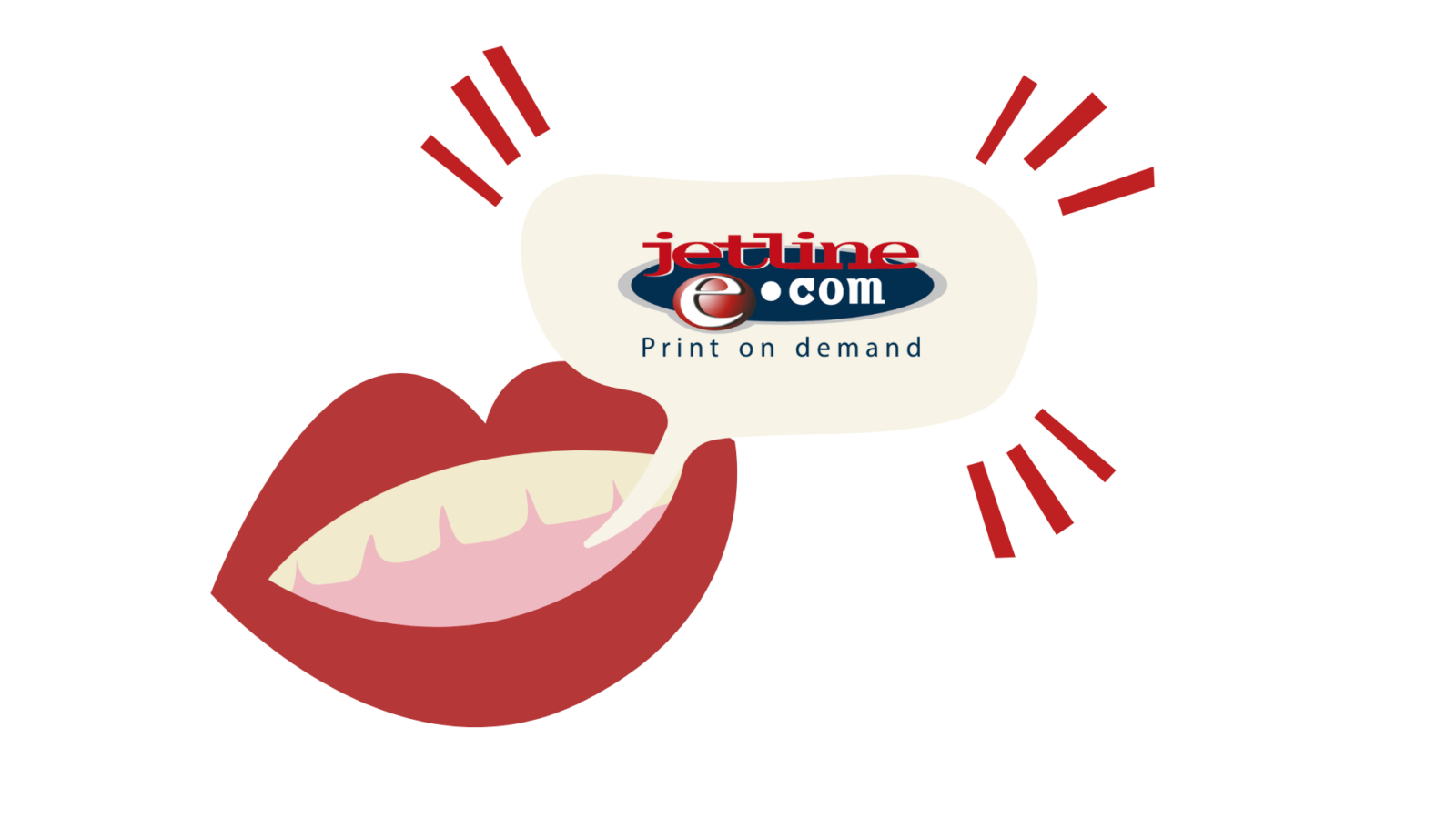When it comes to design and branding, colour is imperative. It has the power to express brand personality and evoke an emotional response in the audience. Essentially, colour is a universal language in graphic design. As a leading brand management solution provider, we take a look at the importance of colour in branding.
Applying colour theory to your graphic design process is necessary for a successful brand outcome. So, what exactly is colour theory? The psychology of colour in design is complicated and layered and cannot be summed up in a single blog post. Here, we take a look at the fundamental principles of colour theory in brand design.
Understanding Colour Theory in Brand Management
In branding and logo design, colour plays a massive role. This isn’t only about aesthetics, it is also about the emotional response certain colours elicit in an audience. Colour also portrays a certain personality, and this plays a big role when it comes to brand identity. When it comes to colour theory, there are two distinctions that need to be made.
That is: colour symbolism and colour psychology.
Colour symbolism considers certain cultural touch-points and societies associations with certain colours. That is: In China, the colour white represents death while the colour red refers to wealth. This thinking is useful for brands that are on regional or national scale – not for international branding.
It is colour psychology that is the most important in colour theory and branding. Colour psychology deals with colour on a subconscious level. To put it as simply as possible, this would refer to red being more of a visceral colour than blue, which is viewed as more intellectual. Yellow is energetic and bright while green elicits feelings of nature, harmony and balance. Again, this is colour psychology in very broad terms.
All of these subconscious associations are certainly nuanced and have both negative and positive associations, depending on hues and shades. However, at its core, these kinds of psychological effects is universal and should be a part of any logo design and branding design process.
Colour Affects System
When picking a colour scheme for your brand, there are many approaches to take. It is important to take basic colour wheel dynamics (what colours work well together), and psychological associations into account.
Angela Wright made a breakthrough when understanding colour psychology and put together what is known as the Colour Affects System.
Here, we take a look at the colour affects system that groups colour into tonal groups.
Group One


These colours are clear, fresh and clean. They contain warm hues (such as yellow), their value us high (little to no black), and mid to relatively low Chroma. These colours are perceived as delicate, comforting, and warm. However, on the negative side of things, they may also be seen as cheap and frivolous.

The Baskin Robbins logo is the perfect example of Group One colours used in branding. Perfect for the ice-cream brand! The brand is youthful and have a quality of lightness, fun and softness about them.
Group Two

Colours from group two contain greys and a subtleness about them. The colours here include: maroon, lavender and sage. These colours convey class, grace and elegance and are often used for upmarket brands. An example of a brand successfully using Group two colour is Tiffany and Co.


Group Two colours can also come across as detached and elitist. If you want your brand to come across as approachable, and down to earth, these colours are not necessarily for you.
Group Three

Group three colours elicit warmth, and intensity. They are blended with blacks and make colours such as burnt orange, aubergine and tomato red. These colours convey strength, and integrity.

Red is perfect for the Puma brand, as it portrays a sense of energy, strength, and power.
Group Four

Group four is made up of magenta, lemon yellows, black, and white. They are the colours that portray confidence, modernity and efficiency. They are usually used for innovative tech brands.


These colours can also come across as materialistic, cold, and expensive.
Colour and your Industry
Colour is not just about emotion, it is also about being competitive in the market and taking sector trends into account.
For example: If a brand wants to convey playfulness by using the colour yellow, and a competitor in the industry uses that same colour to convey the same emotion, the brand needs to consider another colour for differentiation purposes. It is about standing out in your industry isn’t it?
Think outside of the box, consult your colour wheel, and go for another colour that has the ability to express the same brand personality.
Colour Display
Once you have chosen your colours, it is important to understand how colour is displayed in practical terms.
Always remember what you are able to achieve using RGB colour for your digital marketing and subtractive colour (CMYK) for your print materials.
Professional Graphic Design and Printing Company South Africa
Your logo and brand colours are the most identifiable visual element of your brand. Logos and brand colours help customers discover and remember your brand and forms a part of your business identity.
Your company communication should always be branded and in-line with your corporate identity. Every time a client or potential client received one of your strategies, letters, or proposals, they should be greeted with your logo, company colours and recognisable graphics.
When you have a comprehensive and broadly built graphic identity, you create the foundation for a solid brand identity. Therefore, all companies should have strict style guides in place to guarantee colour consistency.
Jetline: Brand Management Solutions
Jetline recognised a fundamental gap in the market for an effective brand management solution, thus the Brand Management Portal was born.
BMP is an all-encompassing system that functions as a digital style guide. It maintains your relevant brand information and guidelines, ensuring brand uniformity across all your marketing and corporate materials.
People do business with companies that they are familiar with. If your branding is uniform it becomes easily recognisable. This makes people feel at ease when purchasing your product or service. Remember: Your brand represents you and the value you promise your customer. Keep it consistent!
Contact Jetline to learn more about our brand management solutions.

